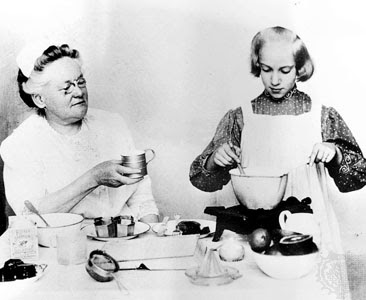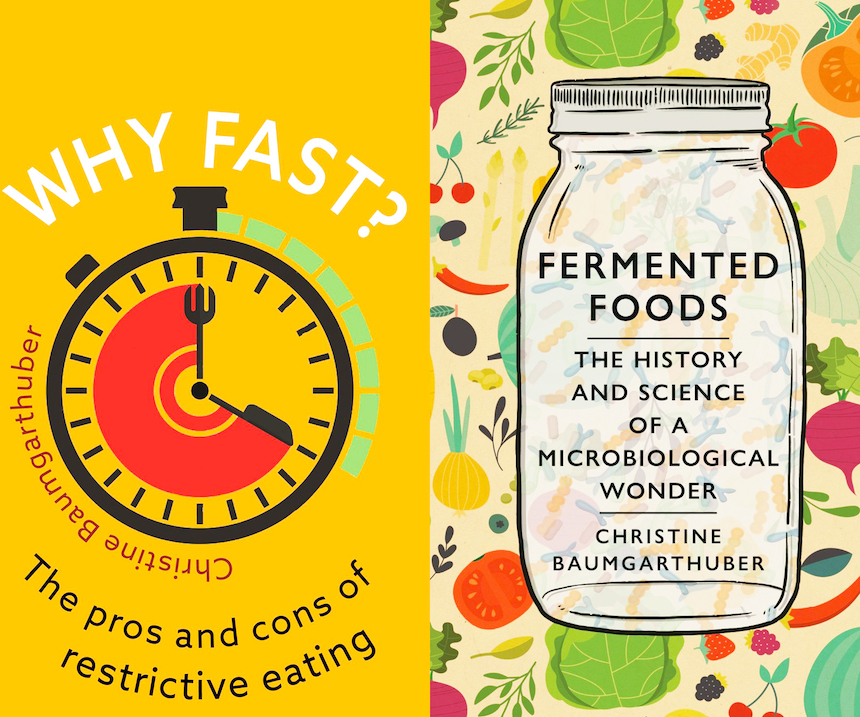During the winter of 1917-1918, The Mrs. Farmer’s School of Cookery developed a collection of recipes to aid the American housewife in conserving meat, wheat, sugar and fats. These austerity recipes were tested in the school’s “Wartime Cookery” class.
The Mrs. Farmer’s School of Cookery was started in 1902 in Boston, Massachusetts. It offered classes to both gentlewomen and housewives on the rudiments of cooking and household management. The Wartime Cookery class was just one of many classes offered at the school, which later came to specialize in convalescent diets.

Here’s a recipe for oat flour muffins from Mrs. Farmer’s Wartime Cookery class. Oat flour produces a delightfully light texture in baked goods. Should you not find oat flour in your area, grind oatmeal in a coffee grinder until fine.
Oat Flour Muffins
2 1/2 cups oat flour
4 teaspoons baking powder
1/2 teaspoon salt
1 cup milk
1 egg, well beaten
2 tablespoons molasses

Would you rather receive The Austerity Kitchen by email? Then sign up for my Substack.
And, if you’d like to help the Kitchen keep cookin’, please consider picking up copies of my books, Why Fast? and Fermented Foods.

